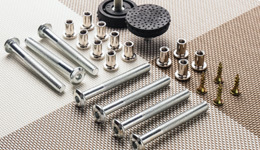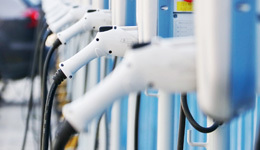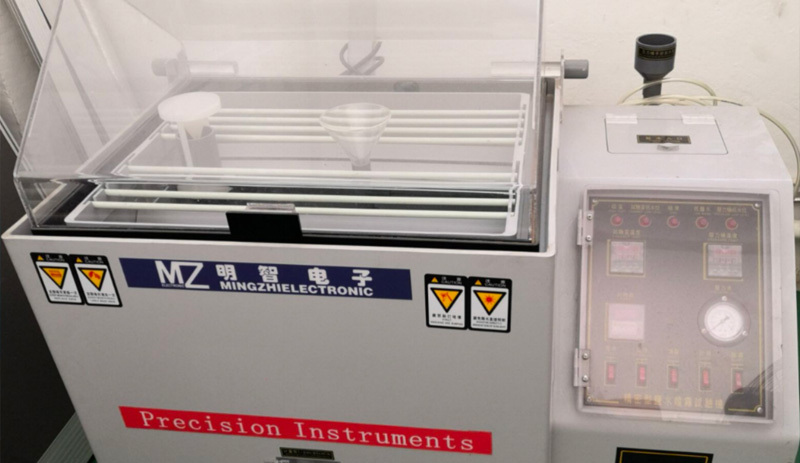What is the design of plastic mold exhaust system?
Release time:
2025-02-12
Injection molds are an integral part of injection molding. We have introduced the number of cavities, gate locations, hot runners, design principles for assembly drawings and material selection for injection molds. Today we will continue to introduce the design of plastic injection mold exhaust system.
In addition to the original air in the cavity, the cavity contains low molecular volatile gases generated by heating or curing of the injection molded material. It is necessary to consider the sequential discharge of these gases. In general, for molds with complex structures, it is difficult to estimate the exact location of the airlock in advance. Therefore, it is usually necessary to determine its position by trial molding and then open the venting slot. The venting slot is usually opened at the position where the cavity Z is filled.
The exhaust method is to use the mold parts fit clearance to open the exhaust slot exhaust.
Air venting is required for injection molding, and air venting is required for demolding of injection molded parts. For deep cavity shell injection molding parts, after injection molding, the gas in the cavity is blown away, and during demolding, a vacuum is formed between the appearance of the plastic part and the appearance of the core, which is difficult to demold. If the mold release is forced, the injection molded part is easily deformed or damaged. Therefore, it is necessary to introduce air, i.e. between the injection molded part and the core, so that the plastic injection molded part can be demolded smoothly. At the same time, several shallow grooves are machined on the parting surface to facilitate air venting.
1. The templates for cavities and cores require the use of conical locating blocks or locating blocks, which are mounted on the four sides or around the mold.
2. The contact surface between the A-plate of the mold frame and the reset lever requires the use of flat pads or round pads to avoid damaging the A-plate.
3. The perforated part of the guide should be tilted more than 2 degrees to avoid burrs and burrs, and the perforated part should not be a thin blade structure.
4. In order to prevent the injection molded products from producing dents, the width of the reinforcement should be less than 50% of the wall thickness of the exterior surface (ideal value <40%).
5. The wall thickness of the product should be an average value, and at least sudden changes should be considered to avoid dents.
6. If the injection molded part is plated, the active mold also needs to be polished. Polishing requirements are second only to mirror polishing requirements to reduce the generation of cold material during the molding process.
7. Ribs and recesses in poorly ventilated cavities and cores shall be embedded to avoid unsatisfactory and burn marks.
8. Inserts, inserts, etc. shall be positioned and fixed firmly, and round pieces shall be anti-rotation measures. Copper and iron pads under inserts are not permitted. If the welding pad is high, the welded part should form a larger surface contact and be ground smooth.
Content from the network, if there is any problem, please contact this site to delete.
Focus on hot spots














